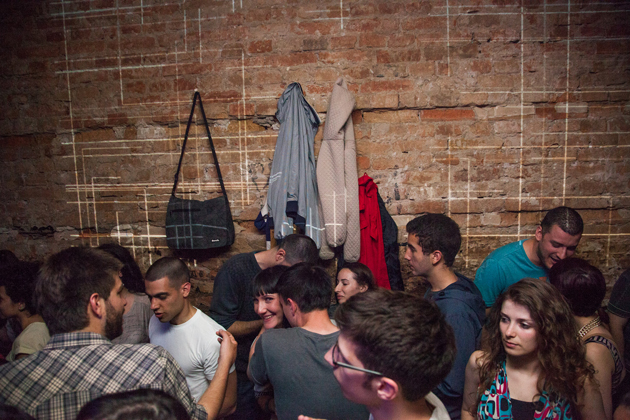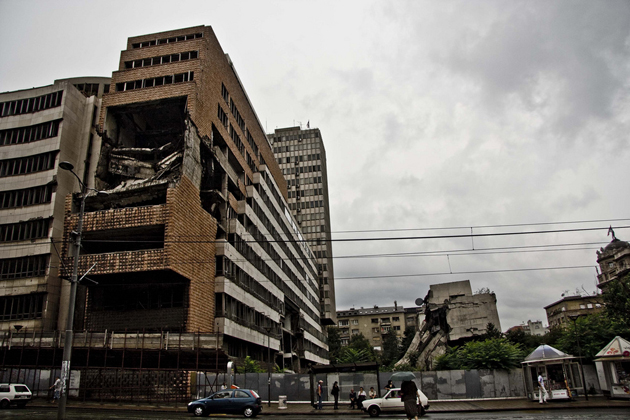Belgrade: I’m Just Like You
The motto of Belgrade is “nema problema”, “no problem”. To make you understand the sense of it, here’s an example of a conversation with my guide: “You’re late for your date? Don’t bother!” “Do you want to leave already?” (after a three-hour lunch in the bohemian district of Skadarlija where, maybe, the concept of slowness has even artistic implications)”. “Antonio, there’s no hurry… here’s some grappa. What was I talking about?”
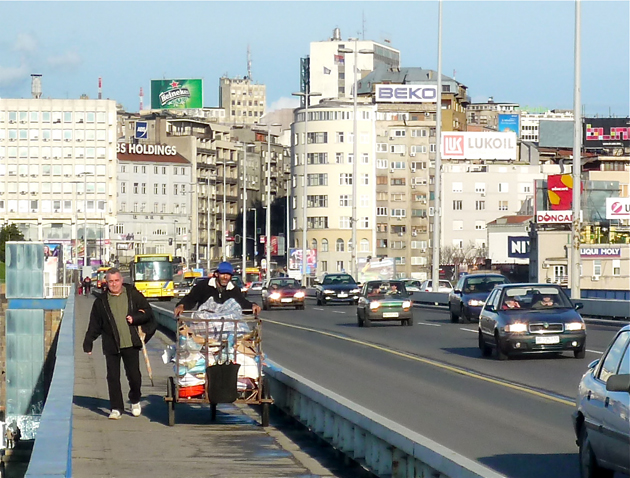
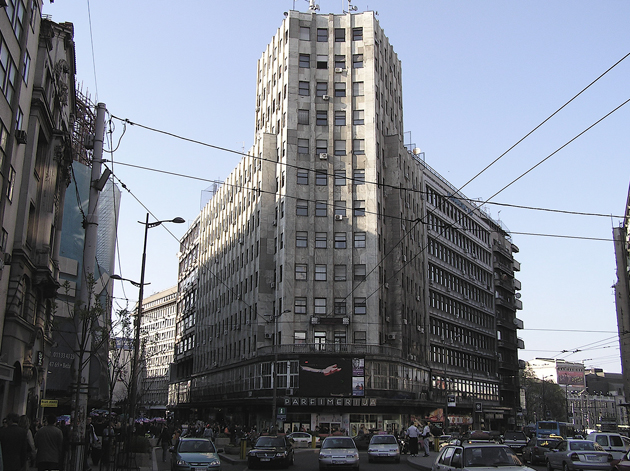
Even if you wouldn’t be so lucky to be accompanied by a guide who speaks well (and a lot) your language, sooner or later you will understand the motto of Belgrade by yourself. Doesn’t matter if it’s a matter of sipping a coffee in a bar or deciding a budget for a national event, the Belgradians are animated by a background of gentle lazyness that infects you (almost) without an escape. The meaning of this behavior isn’t clear to me, even if I get the sense in it. This city has a sad past, marked by wars and poverty. Maybe after years of sufferance these people are just breathing easy and, quite simply, what to you sounds like a problem or a difficulty, for them is just an ordinary setback.
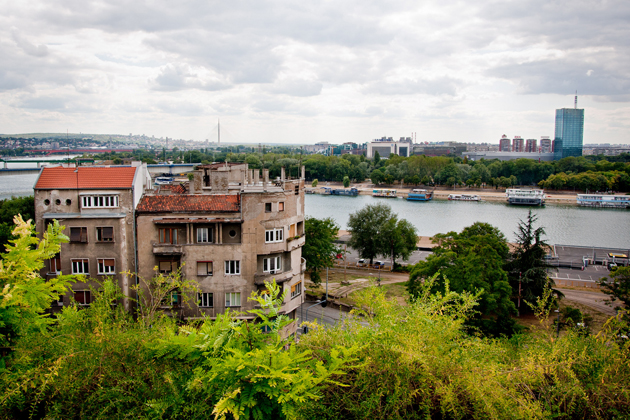
The district of Terazije is the emblem of the troubled history of this city. After the Second World War it was stripped of its fountains and flowerbeds and turned into a grey jumble of squared tower blocks with a Sovietic look, which all the years made even uglier. At the end of the 90’s they didn’t manage to put in action all the good intentions for urban redevelopment, when Nato bombardments on Belgrade during the Kosovo war obligated local administration to use the few available funds for the reconstruction of the damaged buildings.
Many of them are still there today: old monsters of cement and rusty iron, in the middle of the city, between bazar-looking coffee bars and Ikea-style shops. The best way to get a sense of these brutal architectural contrasts – of the melting-pot between the ottoman heredity, the modernization and the socialist mark – is to walk up on Kalemegdan, the hill of Belgrade’s ancient fortress. Today you will find here the most important park of the city, from which you can also watch the confluence between Sava and Danube, the two rivers that flow through Belgrade. You can’t really appreciate this city if you don’t come here.
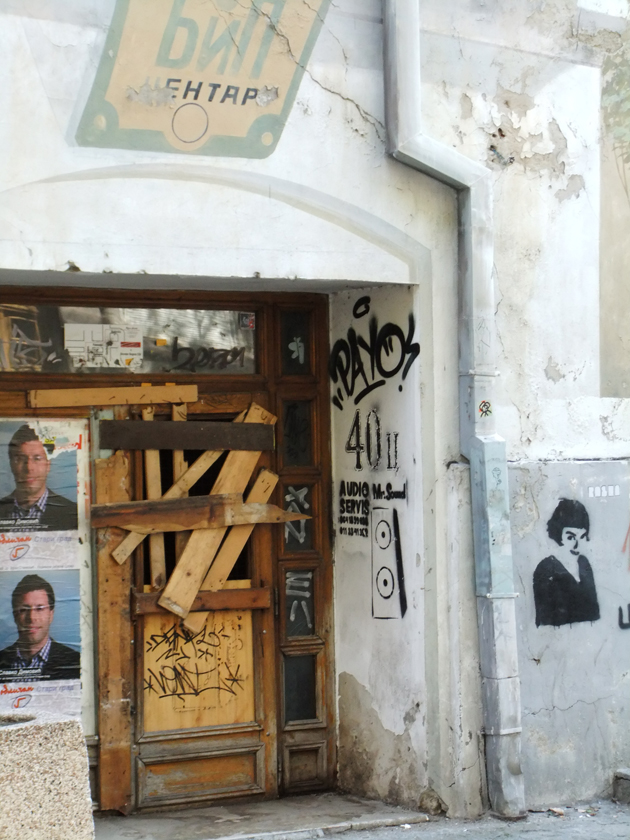
The restaurants that overlook on Danube are favored by the Belgradians, especially at evening time, for a happy hour or a dinner. The style of the youngsters of the city, generally sneakers and tracksuits for men, skinny jeans and high heels for women, can turn up some tourists’ nose (especially the Italians’, who arrive with matching belt and loafers), but that is also a nice thing. Finally, the beauty of this city is, in spite of all its problems, the effort of leaving home the Ugly Duckling clothing and looking normal, forgetting the past and, sometimes, the hard present too. This happens every year in Novi Sad, 90 km away from Belgrade, where is being organized the Exit Festival, one of the most important summer events throughout Europe. Tens of thousands of young people come from Serbia and all the world for five days of fun. In these days problems are forgotten and only music wins.
